Building the Climate Change Resilience of Mongolia’s Blue Pearl: The Case Study of Khuvsgul Lake National Park
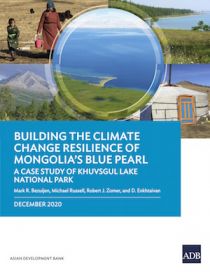

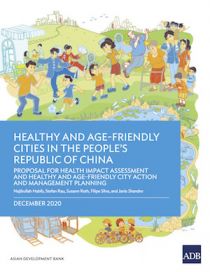
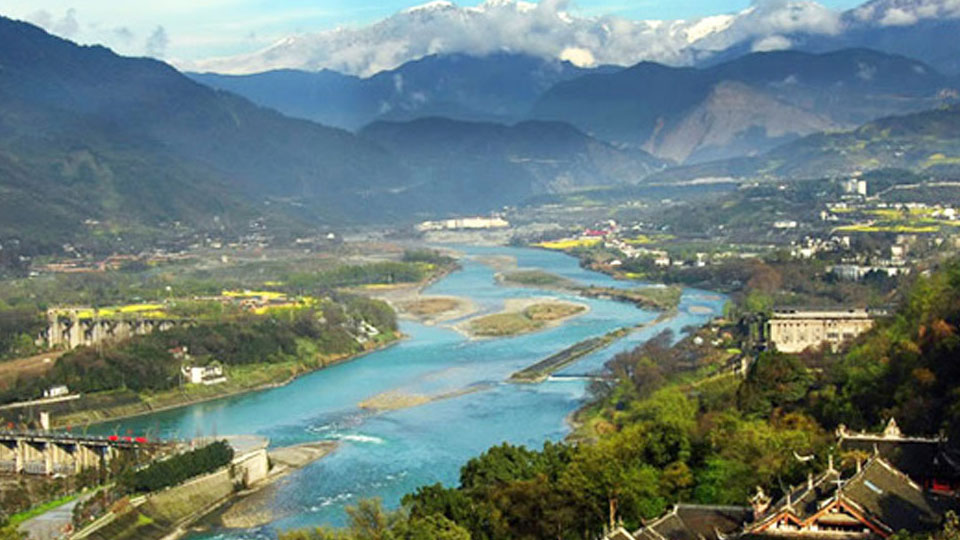
Built in 256 BC, the Dujiangyan system harnesses the power of nature to irrigate farmlands and prevent floods in the People’s Republic of China.
Introduction
A water resource management system built more than 2,000 years ago is still used for flood control and irrigation in Sichuan province in the People’s Republic of China (PRC). It is a feat of nature-based engineering that uses indigenous wisdom and materials.
Designed and constructed in 256 BC, the Dujiangyan system controls flow and diverts water from the turbulent Min River without the use of dams. It has irrigated farmlands on the Chengdu Plain, which produced bumper crops that earned Sichuan its reputation for being a “Land of Abundance.”
How does it work?
Dujiangyan uses the natural topographic and hydrological features of the area to regulate the water from the river for irrigation, flood, and flow control, and to drain sediments.
The Min River is the largest tributary at the upper reach of the Yangtze, Asia’s longest river. It originates from the southern side of the Min Mountains at an elevation of about 3,700 meters (m).
The headworks of Dujiangyan is located at the mountain exit of the Min River and at the top of the fan-shaped Chengdu Plain. It comprises three structures: the fish mouth levee, flying sand weir, and bottleneck channel. These work seamlessly together in directing the flow of water and sediments and for flood discharge.
The fish mouth levee is a man-made island in the shape of a giant fish that lies in the middle of the river. It is constructed at a big curve, and it is about 80 m long, 39 m wide, and 6 m high.
The levee splits the water into two channels: the outer stream, which is the original course of the river, and the inner stream, which was built to be deep and narrow. In the dry season when the water level is low and velocity is slow, more water flows toward the inside of the bend or the inner stream, which directs water into the Chengdu Plain. In the rainy season when the water level is high and velocity is fast, more water is discharged, especially during floods, into the relatively shallow but wide outer stream.
The levee structure also creates the helicoidal flow phenomenon: a corkscrew-like flow of water rushing toward the river bend (inner stream) that causes massive whirlpools to spill rocks and sediments into the outer stream and then into the main river because of centrifugal force.
The flying sand weir is located at the outer edge of the inner stream. It is about 200 m long and 2.15 m high. It partners with the bottleneck channel for a second round of flood discharge and silt removal. The inner stream rushes to the narrow bottleneck channel, causing the water level to rise. When the water level is higher than the flying sand weir, the overflow spills into the discharge channel. During a large flood, the weir will collapse to allow more water to be diverted into the outer stream.
The centrifugal force of the water flowing along the river bend toward the bottleneck spins out the remaining sediments over the flying sand weir. The system removes up to 90% of sediments.
How was it built and how has it evolved?
The Dujiangyan system was designed by Li Bing, governor of Shu Prefecture, who was given the task of diverting the Min River to Chengdu.
The original construction materials were bamboo, wooden piles, and stones. The stones were loaded into woven bamboo cages to build dikes and weirs and reinforced with the wooden tripods or macha. The wooden tripods were weighed down with soil, pebbles, and other materials to form a temporary retaining wall to block the flow of water. The bamboo cages with stones were used to combat floods or to also block water during maintenance and construction.
The bottleneck channel, which is about 40 m high and 20 m wide, was cut through Mount Yulei manually to allow the water to flow into Chengdu Plain.
To maintain the efficiency of the system, the levee and weir were repaired, and the waterways were dredged regularly. Stone horses were buried in the middle of the inner stream to mark the proper depth of the riverbed. Too much dredging will result in flooding, while too little will result in insufficient water flow. The stone horses were later replaced by iron rods or wotie.
The Dujiangyan system has been improved throughout history. Water diversion facilities and reservoirs were built in the 1970s.
What has been its impact on local communities?
Before the Dujiangyan was built, the Chengdu Plain was prone to floods in the summer and droughts in winter. Sediments accumulated in the riverbed.
The water resource management system broke the vicious cycle of natural disasters year after year. It is still functioning after more than 2,000 years. Today, it benefits 23 million people by providing irrigation to 10 million mu (667,000 hectares) and domestic and industrial water supply as well as flood management.
Ecotourism also flourishes in the area because of the Dujiangyan and other cultural and natural attractions. Dujiangyan was added to the UNESCO World Cultural Heritage List in 2000 and the World Irrigation Engineering Project Heritage list of the International Commission on Irrigation and Drainage in 2018.
What best practices does it offer?
Nature-based solutions offer a way to provide economic, social, and environmental benefits simultaneously. Using natural systems can be effective in improving climate resilience and in mitigating disaster risk.
Dujiangyan is a good example of how to take full advantage of natural topography and geographic conditions in harnessing the power of nature. It does not use large-scale grey infrastructures yet has withstood the test of time. It is a sustainable system with low operation costs, and it uses locally produced and readily available “circular” materials. There is little negative impact on the natural environment.
Holistic, integrated, and strategic planning went into the project. The headworks, irrigation channels, and other associated structures were designed as an integrated system. All structures work seamlessly together.
X. Yang. 2020. Nature-based Approach in Climate and Natural Disaster Risk Management: Dujiangyan Water Resource Management System. Presentation made at the ADB–PRC seminar series. 5 August.
Ministry of Water Resources, the People’s Republic of China. 2019. Dujiangyan—The Oldest Functioning Dam-Free Water Diversion Project. Article. 20 March.

Senior Programs Officer, East Asia Department, Asian Development Bank
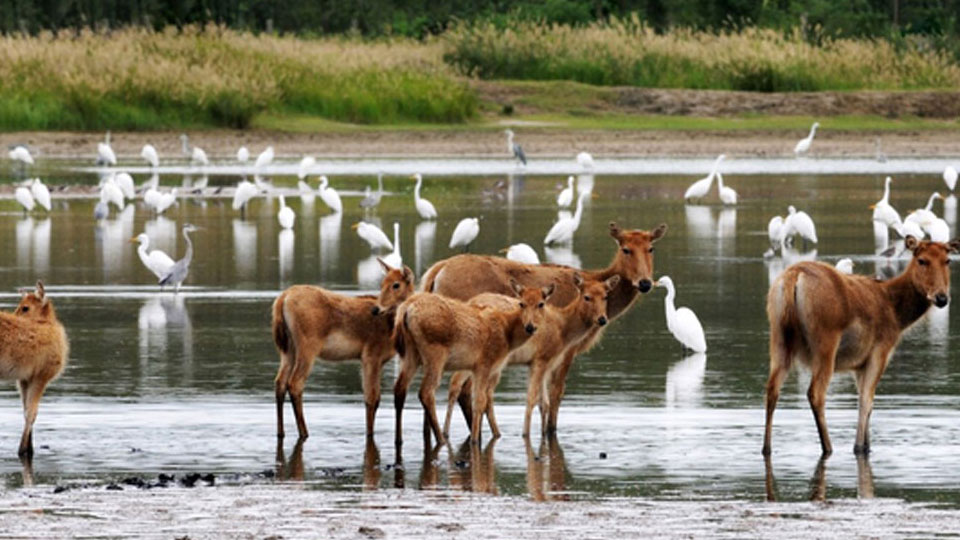
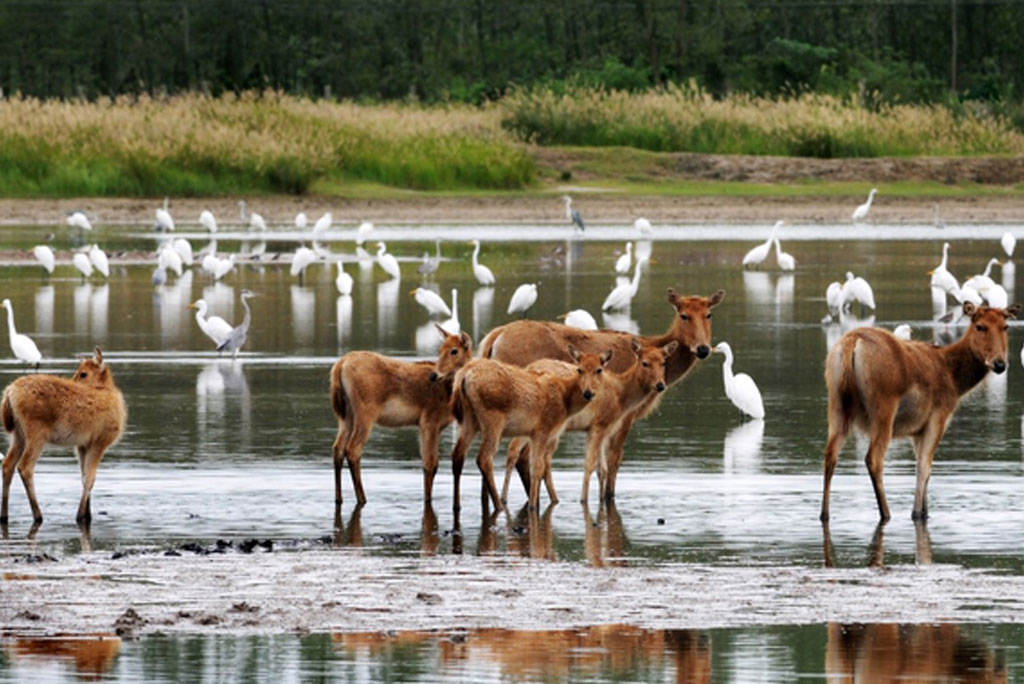
Restoring the globally important Yancheng wetlands required engineering interventions, forest rehabilitation, and capacity building.
Overview
One of Asia’s largest coastal wetlands is found in Jiangsu Province in the People’s Republic of China (PRC). Home to many migratory birds and animals, almost 300,000 hectares of these wetlands are in Yancheng municipality.
Yet, the Yancheng coastal wetlands suffered from rapid degradation. More than half of the wetlands had vanished because of reclamation for agriculture or industry, urban expansion, pollution, and poaching.
A project co-financed by the Asian Development Bank (ADB) and the Global Environment Facility (GEF) utilized an integrated ecosystem management approach to promote biodiversity conservation, sustainable forest management, and wetland-friendly farming and fishing practices in Yangcheng.
Project information
40685-013: People’s Republic of China – Jiangsu Yancheng Wetlands Protection Project
Project snapshot
Context
The coastal wetlands of Yancheng span 291,300 hectares and include two national nature reserves, the Yancheng Rare Birds and the Dafeng Milu. These wetlands are home to the globally endangered red-crowned crane and about 70% of the world’s population of milu deer, also known as Pere David’s deer, which was once close to extinction.
The Yancheng wetlands also provide important ecosystem services to local communities. Marine and plant species protect against coastal erosion, tsunamis, and storm surges. They help improve water quality by filtering household and industrial pollution. The two surrounding forest farms provide additional ecological protection for the two nature reserves and are part of the national coastal ecological protection forest network. The nature reserves and forest farms attract thousands of eco-tourists each year from around the world, generating employment and income for local communities.
Development Challenge
There are three reasons for the rapid degradation, wildlife habitat loss and fragmentation, and loss of biodiversity of the Yancheng coastal wetlands:
Although nature reserves were established in the Yancheng wetlands since 1990, inadequate financing resources, limited management facilities and infrastructures, and weak institutional capacity restricted what the authorities can do.
From the 1980s to 2010, over half of the wildlife habitat vanished while the area of fishponds expanded eight times.
Solution
The Jiangsu Yancheng Wetlands Protection Project was designed to help the PRC improve the management of the coastal wetlands and preserve their valuable ecosystem functions. The project addressed constraints in protecting the wetland ecosystem by adopting an integrated approach. This includes the protection of the two nature reserves, the management of two forest farms, and capacity building to improve ecosystem management.
Various engineering interventions were used to protect the 3,812 hectares (ha) of wetlands at the Rare Birds Nature Reserve. Landscape regulation, habitats creation, and revegetation restored 540 ha of degraded wetlands. Water was pumped to 1,630 ha in the core zone, while 1,435 ha of fishponds were reconverted to wetlands. Pilots of invasive species control, particularly for the rapid spread of Spartina alterniflora, were also implemented for 207 ha.
The project also helped improve the environment of the milu deer by:
Management facilities and structures were also improved in the two nature reserves through closure fencing, patrol roads and stations, waste management facilities, animal surveillance system, and public education centers.
Two forest farms covering 1,055 ha were improved and rehabilitated to provide habitats for birds and serve as shelter and protection. At the Yancheng forest farm, 185 ha were rehabilitated for birds; 302 ha of seedling nurseries were established; and 300 ha of agroforestry were developed.
At the Dafeng forest farm, 870 ha of wetland protective forests were improved. Systems and facilities for fire early warning and response, integrated pest management, and drainage works were installed.
The project developed operational management plans, conducted extensive training, and introduced a comprehensive ecological monitoring system to strengthen the institutional capacity of the authorities handling the two nature reserves.
Similarly, the management capacity of the two forest farms was largely improved through forestry management plans and staff training. They were linked to the two nature reserves to undertake bird monitoring, which was absent before the project.
Capacity development was extended to provincial institutions; international best practices from developed countries were discussed. Improving women’s capacity to perform various roles was also given attention.
Moreover, the project provided policy recommendations for developing an eco-compensation framework or an incentive system that provides stable financing for managing the protected areas. A provincial law, which took effect on 1 January 2017, set up the guidelines on eco-compensation for wetlands in the province. The provincial government is formulating the detailed rules.
Results
Enhanced protection of the wetland ecosystems
The project contributed to the successful listing of the Yancheng wetlands as a UNESCO World Heritage natural site in July 2019.
A total of 4,554 ha of wetlands were restored and rehabilitated, providing healthy and critical habitats for wildlife. This has enhanced biodiversity richness in the nature reserves.
In terms of climate mitigation, the project increased carbon sinks in the wetlands and forest biomass as well as lessened air pollution.
Improved livelihood and participation of local communities
The project created employment opportunities for more than 2,900 people in the area, nearly half are women, through improved ecological farming and fishing practices as well as ecotourism and forest-based small businesses. Around 40 hotels and restaurants have opened in the project area since 2017, providing jobs and additional revenues.
Both nature reserves have become popular tourist destinations, attracting more than 1 million visitors annually. The Dafeng Milu Nature Reserve has been upgraded to a 5-star tourism site, the highest level in the country in 2015, and is expecting more visitors in the future. The public education facilities that were established in the nature reserves have catered to 30,000 students annually as centers for learning in the environment and biodiversity.
The project also promoted the effective participation of local communities. Project beneficiaries were trained in eco-farming, fishing, and off-farm skills; 60% of beneficiaries are women. The training activities strengthened community awareness and skills for wetland-friendly farming and fishing practices. It also improved the capacity of local government authorities to manage the coastal wetlands and to meet international standards to keep Yancheng’s world nature heritage status.
Lessons
Enhanced institutional capacity and monitoring systems are key to improving the condition of the wetlands and sustaining ecosystem services and functions.
The project demonstrated the following promising measures in the management and protection of coastal wetlands:
Such interventions need to be continuously reviewed to assess their long-term effectiveness. Restoration works need to take natural processes into account, particularly in formulating ideal habitats for migratory waterbirds and maintenance of restored wetlands.
Continuous international collaboration in managing heritage sites is important to share and build on existing knowledge. Partners include the Convention on Biological Diversity and Ramsar Convention on Wetlands, International Union for Conservation of Nature, and World Wildlife Fund.
References
ADB. 2020. Completion Report: Jiangsu Yancheng Wetlands Protection Project in the People’s Republic of China. Manila. Unpublished.
ADB. 2018. Preserving the Wetlands of the People’s Republic of China.
ADB. 2008. Report and Recommendation of the President to the Board of Directors: Proposed Loan to the People’s Republic of China for the Jiangsu Yancheng Wetlands Protection Project. Manila.

Senior Project Officer (Environment), East Asia Department, Asian Development Bank
This blog is reproduced from Development Asia.
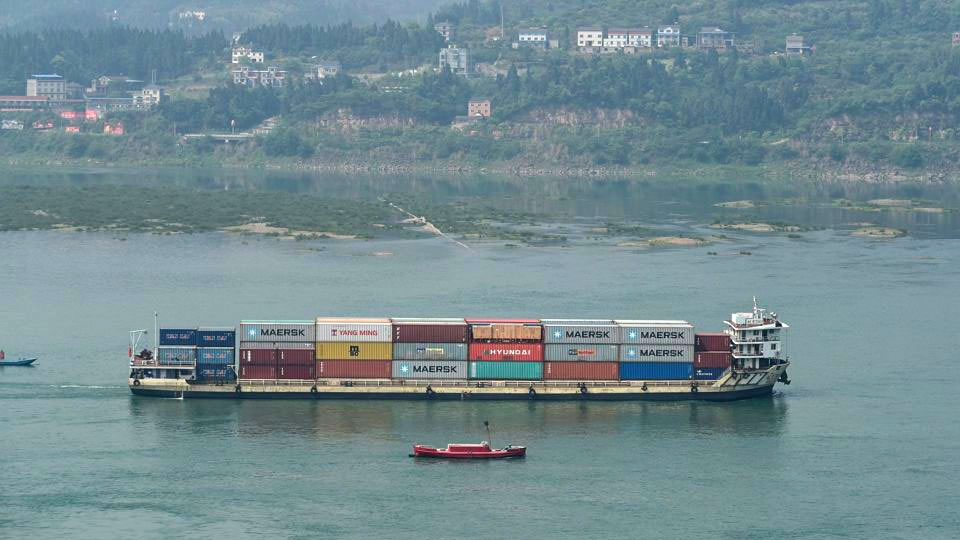
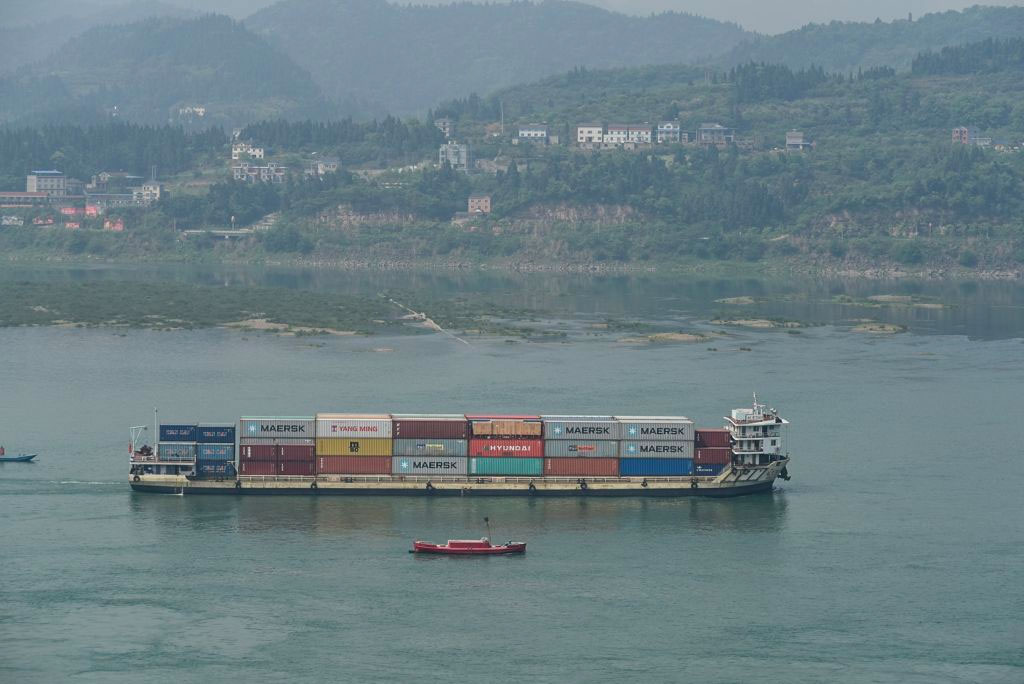
This year, the monsoon has started earlier in the People’s Republic of China (PRC), resulting in severe floods that have already affected some 38 million people and caused about $11.8 billion direct economic losses, according to the Ministry of Emergency Management of the government.
The Yangtze River basin in the southern part of the PRC has been hard hit by heavy flooding since early June this year. Hundreds of small to medium size rivers as well as major lakes including the Dongting, Poyang, and Tai in the basin have risen to their highest water levels in history. This flooding is certainly not the first of its kind; the Yangtze River basin experiences large floods about every 10 years, each causing suffering and extreme damage to the economy and environment.
The aggravating human and ecological factors in these worsening floods are mainly climate change, and ecological degradation. In the southern PRC the flood season has shifted earlier and lasts longer, concentrated in the middle part of the Yangtze River basin. This can further be attributed to El Niños that come along every 10 years. Ecological changes such as the loss of floodplain and retention areas, accelerating urbanization, and river sedimentation have had a serious impact on flood frequency and magnitude in the basin.
So the most immediate question is: what can be done to reduce the likelihood of loss while maximizing the benefits of economic development? The solutions are a complex tangle of financial, institutional, social, procedural, and technical threads. Natural hazards, such as floods, cannot be prevented, but we can mitigate the damage they cause with preventive and adaptive measures, which can be summarized under five actions.
First, rehabilitating aging flood control measures such as dikes and reservoirs is paramount. More than 80,000 reservoirs in the PRC (of which about 50,000 are in the Yangtze River basin) do not store water up to the design level as they are subject to leakage, instability of dams, and inadequate spillway capacity for emergency flood discharge. Rehabilitation of such reservoirs is a lower cost way to strengthen flood mitigation and with less adverse impact on the environment and people than building new reservoirs.
Rural areas also tend to lack flood risk mitigation standards in the PRC compared to urban areas. There is a need for promote integration where rural area and river corridors can effectively serve as a flood retention zone while urban areas can adopt flood infrastructure so that it will not increase the urban runoff that causes flooding in rural areas. Nature-based approaches, such as ecological embankments, protecting wetlands and restoring ecosystem to mitigate flood damage will be essential.
Second, ecological conservation will play a crucial role in mitigating floods. A large number of wetlands in the PRC that formerly served as flood retention areas have been destroyed at the annual rate of about 9% since the 1950s. About 1.3 million hectares of water surface areas and buffer zones mainly in Dongting, the Poyang and the Tai lakes have also been reclaimed for agriculture or urban development and the remaining volume of lakes is also reduced significantly due to sedimentation. The government has started restoring these lost wetlands, but it requires time and significant amount of finance and commitment.
The Yangtze River in downstream areas mainly around Jingzhou and Wuhan cities is highly sedimented. Where the riverbeds are higher than the ground level results in frequent dike breaches and flooding. The river sedimentation problem can be solved by regulating the sediment discharge through artificial and natural means including soil and water conservation.
Third, integrated flood risk management responsibilities are still divided among several agencies despite recent institutional reform in the PRC. Coordination mechanisms among agencies are yet to be established to promote integrated flood risk management in the river basin. The role of river basin authorities needs to be enhanced to fully enable their coordination role on a basin scale. Integrated flood risk management recognizing the nexus among water, waste, ecosystem and other sectors in a river basin should be promoted to bring tangible outcomes on the ground.
Fourth, social and gender inequalities need to be addressed. Poverty is both a cause and a consequence of vulnerability, especially in rural areas, where households rely primarily on agriculture for their livelihoods. Many emerging famers, who built up assets on newly consolidated land for agriculture, are dragged into severe poverty by the floods.
In areas with inadequate access to sanitation, floods can lead to toilet overflow, groundwater contamination, soil pollution and general environmental degradation. Increasing access to safely managed sanitation and improving public health conditions is therefore paramount to protect both human and environmental health. This is also particularly relevant to prevent the spread of COVID-19 in highly exposed communities. A participatory and community-based approach to flood risk management should be in place to reduce vulnerability and increase resiliency of local communities. The flood early warning system should also be well embedded into the community based system.
Fifth, financial mechanisms are instrumental in mitigating the impacts of monetary losses. The potential of financial products, including insurance and resilience bonds, contingent liability facilities, risk pooling and other emerging mechanisms for adapting planning and ecosystem resilience, is still largely untapped. The PRC government, international financial institutions, the private sector, commercial banks, research institute and civil society organizations have to work closely together towards tapping this potential.
Taking all these elements into account, the Asian Development Bank has invested about $2 billion to support the Yangtze River Basin Economic Belt (YREB) program to address environmental, social and economic issues with a holistic mindset. This is a step beyond traditional watershed management towards a more holistic protection of public goods, such as water resources, ecosystems, pollution control, biodiversity conservation and climate change.
To build back better, protect and restore the ecosystem services on which China’s economic growth and jobs depend, a nature-centered approach will be pivotal. As a positive step, a national green development fund with total registered capital of $12.7 billion, focusing on key areas of green development along the Yangtze River Economic Belt, was established in Shanghai on July 15.
The funds raised will be directed to investment fields such as pollution control, ecological restoration, afforestation of national land, conservation of energy and resources, green transportation and clean energy along the Yangtze river.
Together with the promulgation of a Yangtze river protection law and the establishment of a green development fund, all these actions to manage and value natural ecosystems can address societal challenges and extreme events effectively and adaptively, while providing economic dividends, human well-being and biodiversity benefits.

Chief, Rural Development and Food Security (Agriculture) Thematic Group, ADB
This Op-Ed is reproduced from Asian Development Bank.
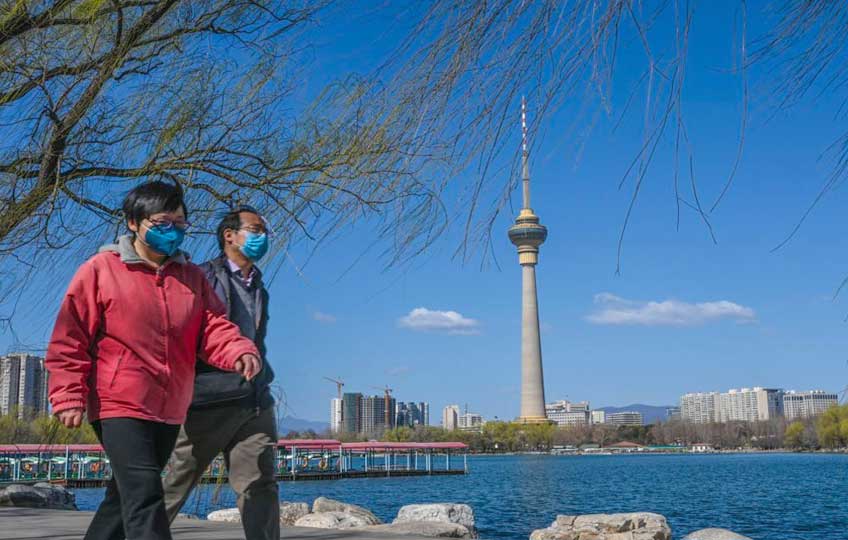
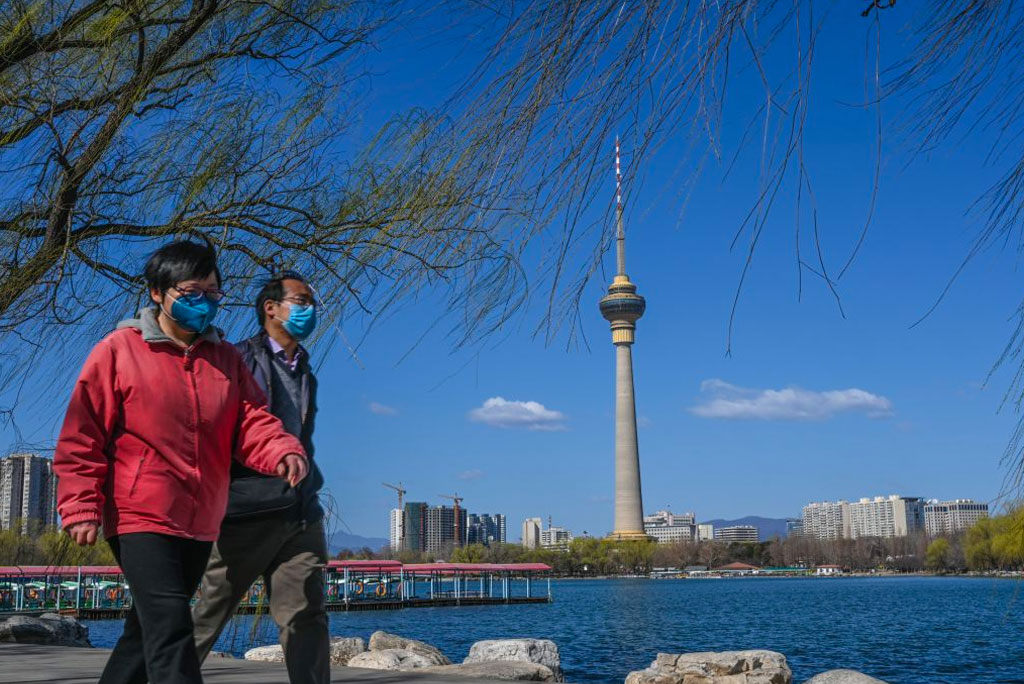
With the COVID-19 pandemic still raging around the globe, the crisis has been a wake-up call on many fronts, not the least how the wellbeing of humans, animals, and ecosystems is inextricably interconnected.
A case in point is the Yellow River basin, an ecological corridor running through nine provinces and autonomous regions in the People’s Republic of China (PRC). Known as the “Mother River” and cradle of Chinese civilization, the Yellow River is home to about 150 million people.
Yet prone to natural disasters and impacts from climate change, land use and human activities, the Yellow River basin is struggling to maintain its ecological function and support the lives that are dependent on it. The basin feeds about 12% of China’s population and supports 14% of the country’s national gross domestic product.
In a rather unanticipated way, COVID-19 has provided a glimmer hope and a silver lining for a more sustainable future in the Yellow River basin. From January to March 2020, water quality has improved considerably, according to latest statistics from the Ministry of Ecology and Environment. The proportion of good water quality (category I-III) in the Yellow River has reached 78% in 2020, up 6.5% year-on-year, with the inferior category V decreasing 3.8% and dropping to 9%. Better surface water in the main industrial centers can have a positive impact on the health and well-being of the communities living nearby.
Using the Yellow River basin as an example, the post-COVID-19 future presents an opportunity to embrace this change and spur a green economic recovery. This will require policies to mitigate future health threats, but also concerted action to halt biodiversity loss, sustain nature, and keep climate change in check. In short, we must build back better. In the process, greater consideration should be given to ecological and environmental protection as a buffer to reduce anthropogenic pressures and minimize the likelihood of future public health emergencies, such as COVID-19.
For the national and provincial governments and policymakers in the PRC, these lessons are particularly timely, since they are stepping up wider efforts to enhance ecological protection and high-quality development. Healthy ecosystems can support economic growth, societal wellbeing and climate stabilization. A new nature-positive approach is needed to drive green economic recovery that balances the health of the environment and humans, especially the most vulnerable groups.
As the PRC looks to the Yellow River basin as an opportunity to pursue a greener and more sustainable approach to stimulating economic activity, here are some key policy actions to achieve high-quality growth.
1. Environment should be at the core of the “One Health Approach”. This integrates human, animal, and environmental health, but is often overlooked. A greater emphasis on their interactions and environmental protection in the post-COVID-19 response will be fundamental for maintaining food security, food safety, and health at the local, regional, and global levels.
2. Holistic and integrated ecosystem management is needed. A coordinated and integrated approach encompassing social, economic, disaster risk management and environmental issues is needed. As one of the most hydrologically complex rivers, it is important that a basin-wide multisector master plan is prepared to enable comprehensive planning in the basin.
3. Policies and institutions are the “enablers”. Strong policy and regulatory frameworks are needed to build the momentum for changed mindsets and environmentally sustainable results in the basin. Wider use of advanced and innovative mechanisms such as water trading and eco-compensation mechanisms can drive water use efficiency, while promoting adoption of modern technologies in agriculture and industry sectors.
4. A green growth model is the way forward. Actions must be focused on pollution reduction, innovation, productivity enhancement, clean energy, environmentally friendly technology, green infrastructure, and green finance. Government fiscal stimulus support as well as new green financing models should target these areas and take precedence over traditional models.
5. The private sector has a catalytic role. The private sector can leverage government investments in natural capital to achieve stronger environmental protection and sustainable green development. Public-private partnerships can promote a win-win scenario balancing poverty reduction and environmental protection. Meanwhile, green financing mechanisms can help drive new conservation financing to stimulate investment and support green development and biodiversity protection while reducing carbon footprints. An example is Alibaba Ant Forest, the PRC’s largest private sector tree-planting initiative, which promotes greener lifestyles by inspiring users to reduce carbon emissions in exchange for credit that can be converted to trees. Alibaba leverages the power of digital technology to alleviate poverty and improve the lives of local people.
After COVID-19, the interlinkages between biodiversity and habitat loss, illegal wildlife trade and the resilience of interconnected supply chains in the global economy can no longer be overlooked. The post-COVID-19 economic recovery will require strong leadership together with a new level of cooperation and coordination at the local, regional and global levels.
High-quality green development is a positive way forward, providing multifaceted benefits and new opportunities to foster knowledge and share experiences while delivering global and regional public goods. Using COVID-19 as an accelerator for ongoing structural changes and amelioration of water quality standards can save human and planetary health from future crises.

Director General, East Asia Department, ADB
This Op-Ed is reproduced from Asian Development Bank.
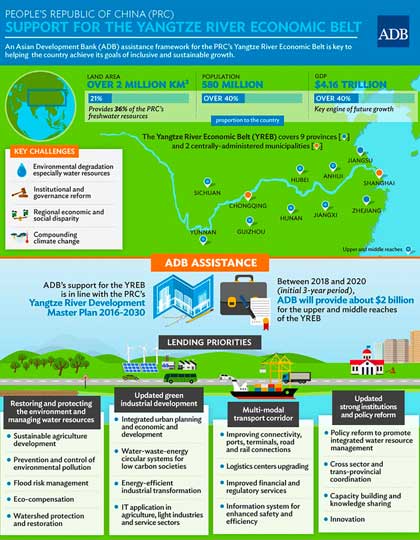
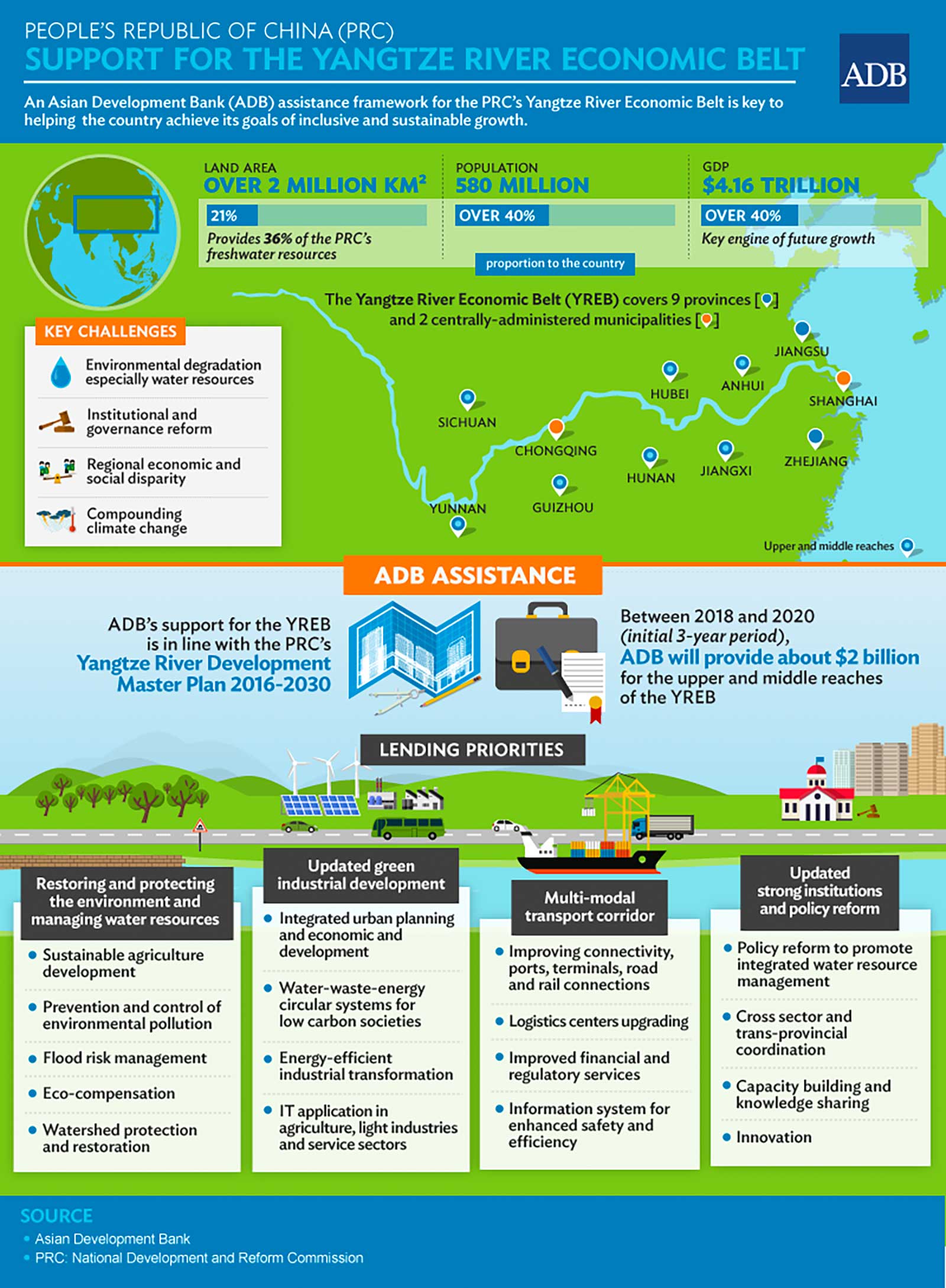
Source: Asian Development Bank.
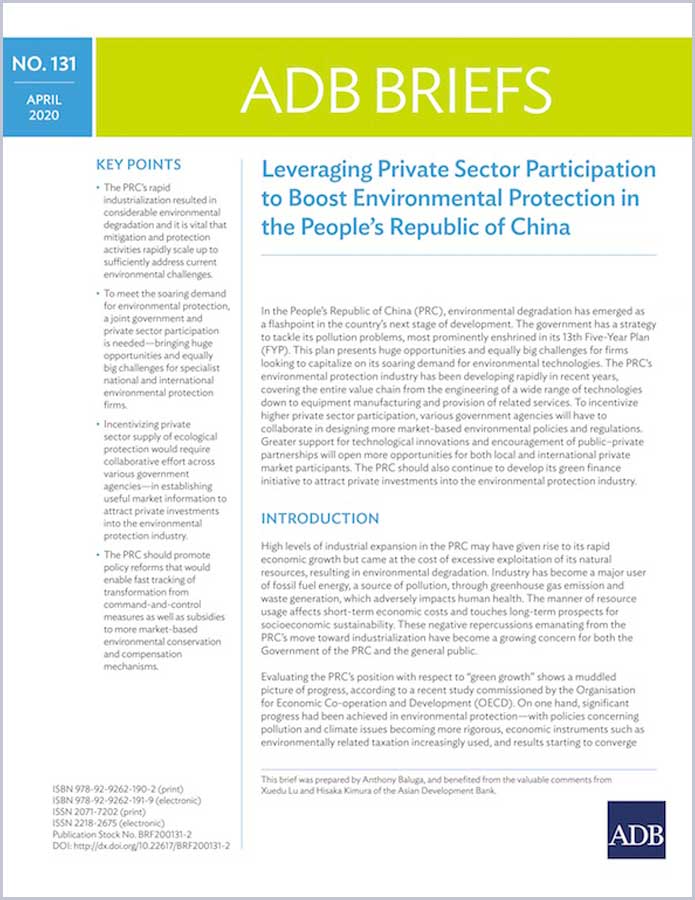
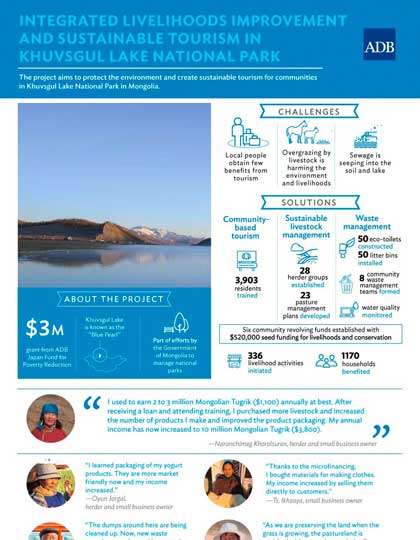
The project aims to protect the environment and create sustainable tourism for communities in Mongolia’s Khuvskul Lake National Park.
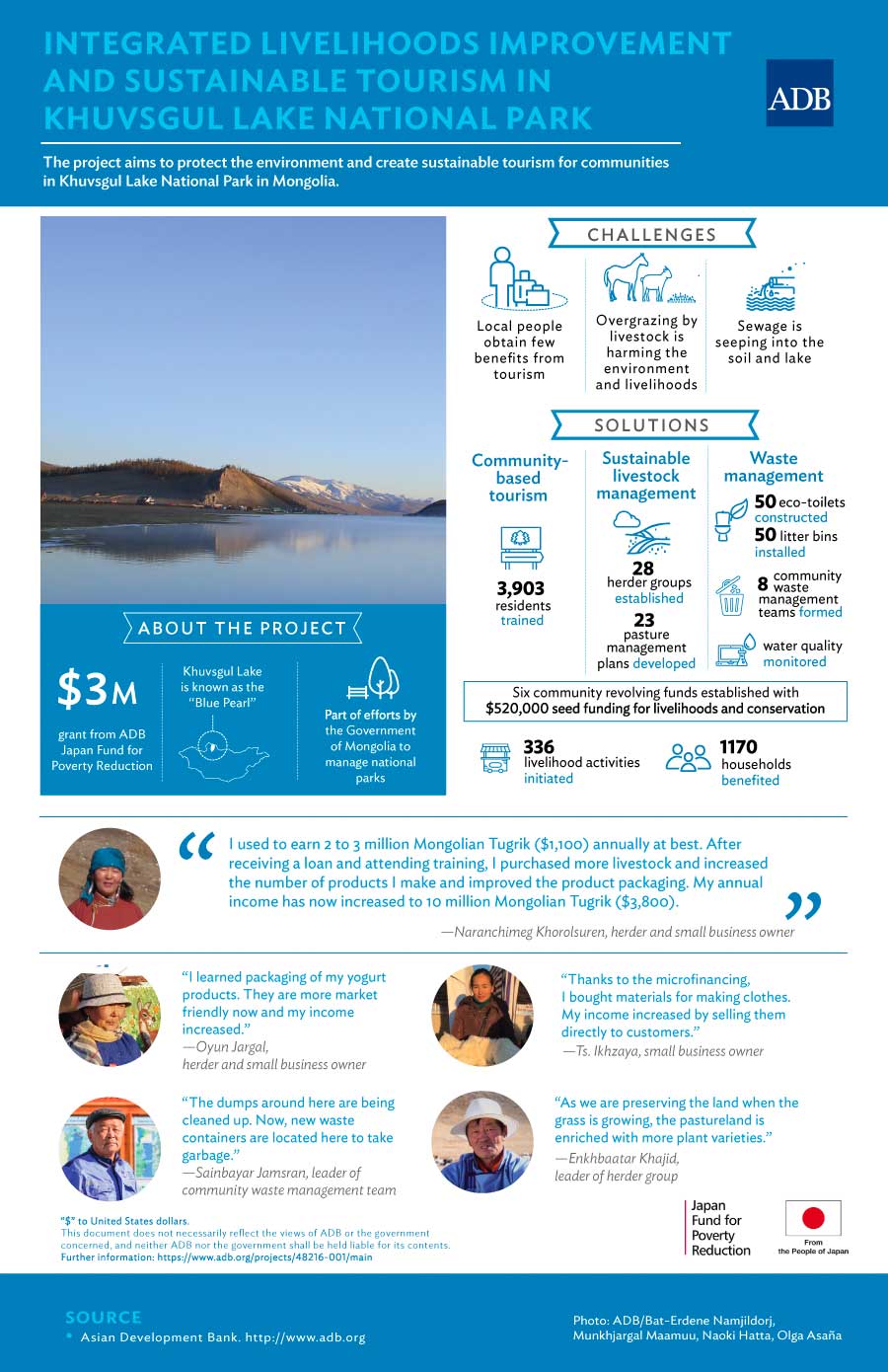
Source: Asian Development Bank.
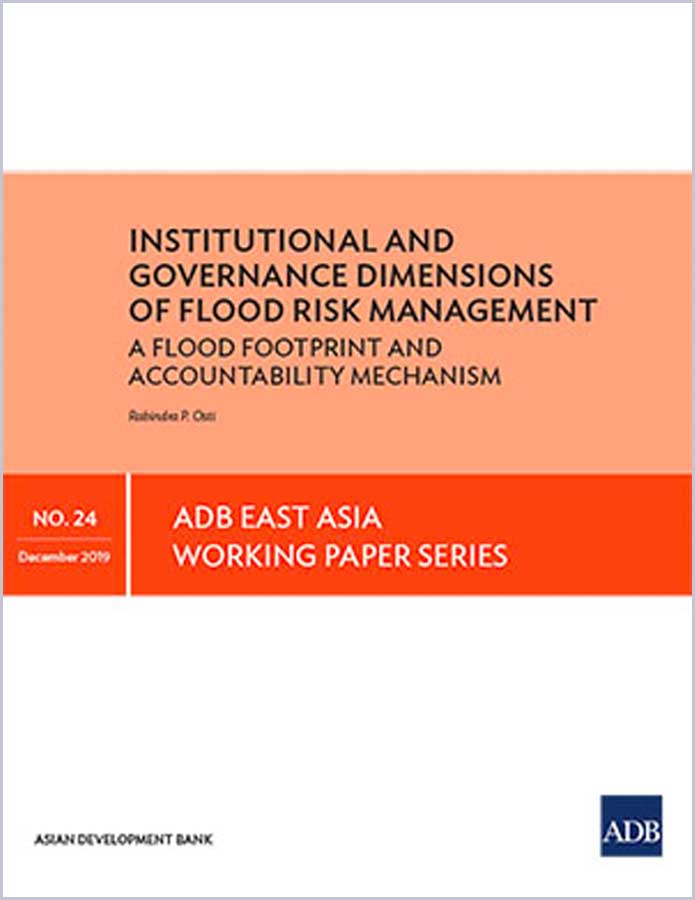
© 2024 Regional Knowledge Sharing Initiative. The views expressed on this website are those of the authors and presenters and do not necessarily reflect the views and policies of the Asian Development Bank (ADB), its Board of Governors, or the governments they represent. ADB does not guarantee the accuracy of the data in any documents and materials posted on this website and accepts no responsibility for any consequence of their use. By making any designation of or reference to a particular territory or geographic area, or by using the term “country” in any documents posted on this website, ADB does not intend to make any judgments as to the legal or other status of any territory or area.
